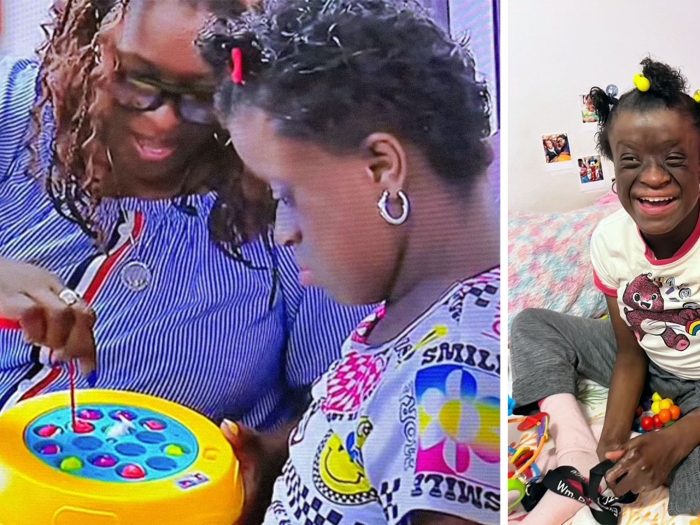A palliative care team can help improve the quality of life for patients dealing with chronic disease.
7:00 AM
Author |

A serious illness may result in feelings of loneliness, anger and fear, along with pain or other physical symptoms. Palliative care, or specialized medical care for patients dealing with the physical and mental symptoms of illness, can help patients and their loved ones cope.
SEE ALSO: To Find Inner Peace, Play This Podcast
Palliative care focuses on improving a patient's quality of life — not only physically but also mentally — through the availability of physicians, social workers and spiritual care providers. The need for this type of care continues to grow.
Patients come to the U-M Palliative and Supportive Care program at the Frankel Cardiovascular Center, for example, when their primary cardiovascular care physician refers them, says palliative care specialist Ellen Hummel, M.D.
"Many of the CVC patients who are referred are those with advanced heart failure, or those who have been implanted with a ventricular assist device or an implantable cardioverter defibrillator," she says.
Hummel explains more about palliative care below.
What can a patient expect from palliative care?
Hummel: The kind of care a patient receives depends on his or her needs, but the overall goal is to help improve the patient's quality of life. Palliative care can help reduce pain or the side effects of treatment. Difficult symptoms are frequently reduced with medications (very common) or by ordering specialized medical equipment or targeted physical or occupational therapy (less common).
It can also help the patient and his or her family to understand the illness, talk more openly about their feelings and decide on a plan for ongoing care. We do this by asking patients about their goals and values for their lives, health and medical care. We also help them to complete advanced directives and designate a surrogate decision-maker for their health care, in case there is a time when they cannot speak for themselves. We also help patients to discuss these difficult topics with important family members by acting as facilitators for that discussion. Finally, palliative care can help open the doors of communication among the patient's doctors, nurses and loved ones.
Many of our patients have anxiety or mood issues associated with their illness and may require medication or techniques for stress management, including meditation and relaxation techniques. Palliative care can also help with emotional issues, faith and relationship issues, grieving and mourning.
What is the difference between hospice and palliative care?
Hummel: Hospice care is for patients who are in the last six months of their lives. While the goal of palliative care is to help a patient feel better physically, emotionally and spiritually, often in tandem with receiving treatment, hospice care helps patients feel better and get the most out of the time they have left without providing treatment to try to cure their illness.
The kind of care a patient receives depends on his or her needs, but the overall goal is to help improve the patient's quality of life.Ellen Hummel, M.D.
How did you become involved with palliative care?
Hummel: I've been interested in palliative care throughout my medical training because its focus is on providing good, comprehensive care to patients — care that attends to their physical, psychological, emotional and spiritual needs at any stage of a serious illness. It seemed like an opportunity to deliver the best medical care to patients.
SEE ALSO: Integrative Therapies in Cancer Care: What Research Tells Us
After working for a while in primary care, I decided to pursue my passion and returned to training as a fellow in hospice and palliative medicine at University of Michigan in 2012. I joined the palliative medicine faculty after I finished my year of fellowship training, and I also practice at the Veterans' Affairs Ann Arbor Medical Center.
How common are palliative care programs?
Hummel: About 66 percent of hospitals in this country have a palliative care program, and most of the hospitals that do not have such a program are trying to start one. However, there is a shortage of physicians board-certified in hospice and palliative medicine, with only one board-certified palliative care physician for every 20,000 patients with chronic illness in this country. With only 265 fellowship-trained physicians joining the national workforce annually, this shortage is likely to continue for some time.
How can patients learn more?
To find a palliative care provider in your area, visit GetPalliativeCare.org.
Patients and their families who are looking for assistance with talking about their wishes for their health care can visit TheConversationProject.org

Explore a variety of healthcare news & stories by visiting the Health Lab home page for more articles.

Department of Communication at Michigan Medicine
Want top health & research news weekly? Sign up for Health Lab’s newsletters today!





